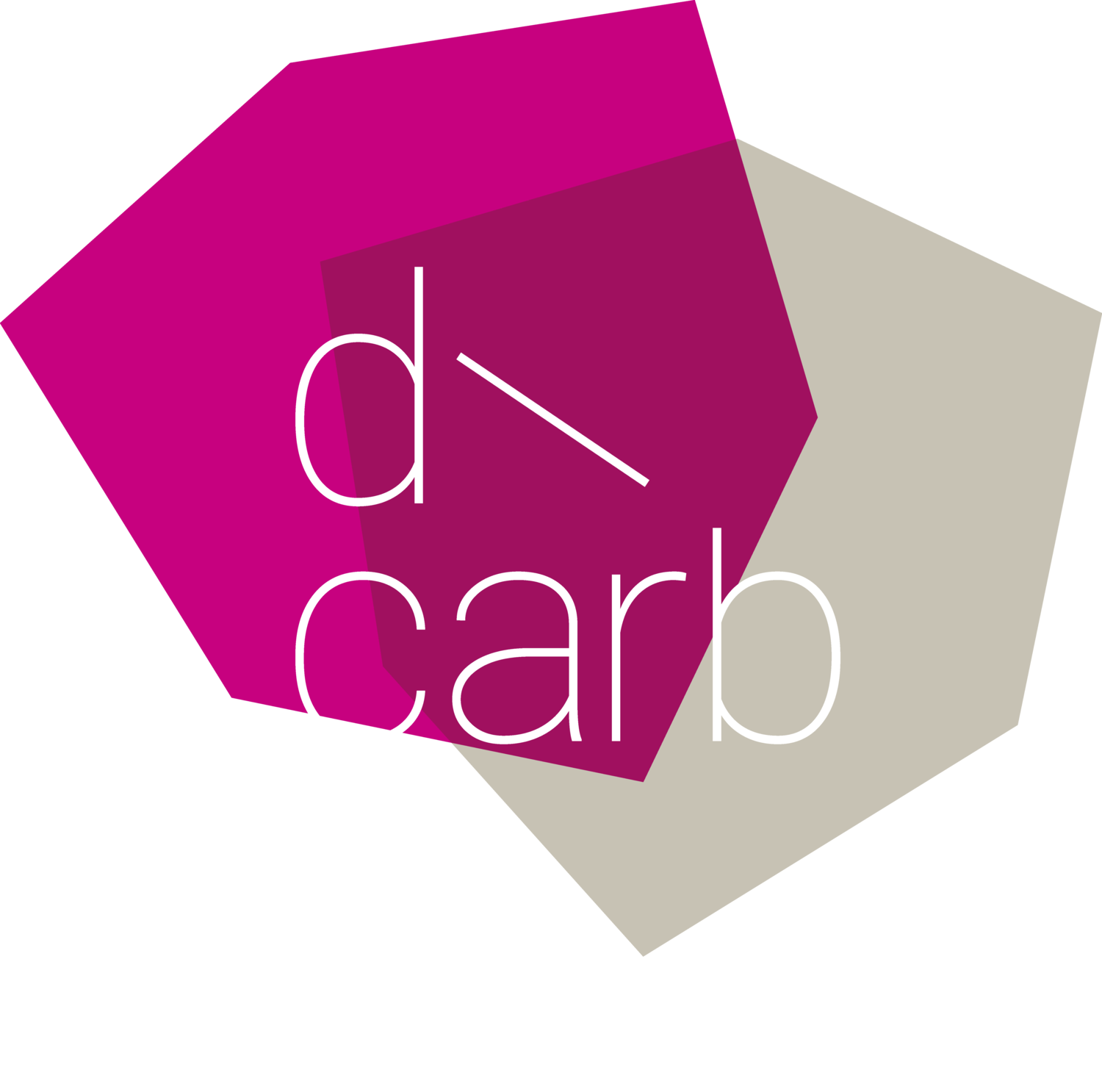The Future of Growth: Creative Destruction or A Slowdown of Success?
Prof. Dietrich Vollrath: Neither negative nor positive GDP growth is a sign for environmentally friendly developments
Prof. Vollrath outlined why the development of GDP isn’t a perfect indicator for whether investments and innovation are environmentally friendly or not. He started off by explaining why the recent years in the Western economies are characterized by an economic slowdown. Vollrath argues that two major reasons are pushing this development, first population ageing, and second structural changes in the economy. High productivity levels have been achieved in the production of goods, which cheapened those products and freed up consumers’ financial resources for service goods. This shifted the economy away from a production focus to a service-oriented industry. Based upon relatively low GDP growth rates, he is questioning whether it is necessary to push those growth rates again. Vollrath is pointing out that there is a difference between the development of well-being and GDP; however, he is acknowledging the outstanding role of GDP as an accounting tool. GDP must not coincide with innovation, but growth can be characterized as innovation. GDP growth is independent of whether the underlining investments are environmentally friendly or not. Vollrath makes clear that investments and innovations need incentives, and GDP growth is one of those incentives. Even though GDP growth and the environmental impact of the underlining investments can be decoupled, GDP growth is an important tool for giving incentives to innovators. What he calls creative destruction needs guidance to push innovators and investments to green projects.
Prof. Philippe Aghion: Investors are path-dependent
Prof. Aghion is highlighting the role of guidance and thereby introducing the triangle of firms, state and the civil society. The state and civil society are required to shape the investment behavior of firms, as firms tend to have a path dependence when it comes to the type of investments they conduct. Elements he highlights in this context are a carbon tax and industrial policy elements, such as the implementation of a respective European organizations to guide innovation. How competitive a market is, is also important for how strong a shift in consumer preferences affects the behavior of firms. According to Prof. Aghion clean innovation is driven by public investments, structural changes, competition & education policy as well as intermediate sources of clean energy especially nuclear energy. Aghion sees a key role in nuclear energy when it comes to decoupling, where he assesses France a forefront role. Moreover, he sees a connection between the service orientation of an economy and the amount of emissions. Such that emissions decrease the higher the share of services is. Therein he sees a chance for emerging economies and a duty for developed economies. In so far as emerging economies can skip the process of industrialization and directly jump into the age of services, while developed economies have the responsibility to help emerging economies to pursue that way.
Three insights from the discussion with the audience
The Maastricht treaty may hinder the necessary public investments which are needed to fight the climate crisis. This is the case as the rules written down in the Maastricht treaty are not flexible enough.
Inequality is weakening the position of the civil society. Civil society may shape investments and innovations by altering consumer preferences. This is, however, just possible if the civil society is economically able to change their consumer preferences.
There is however disagreement on the role of nuclear energy. While Aghion sees nuclear energy as a carbon free form to produce energy the discussion reveals that especially the production of nuclear fuel may cause huge amount of hazardous waste. This mirrors also current policy discussions in the European Union, as whether to label nuclear energy as sustainable or not.

